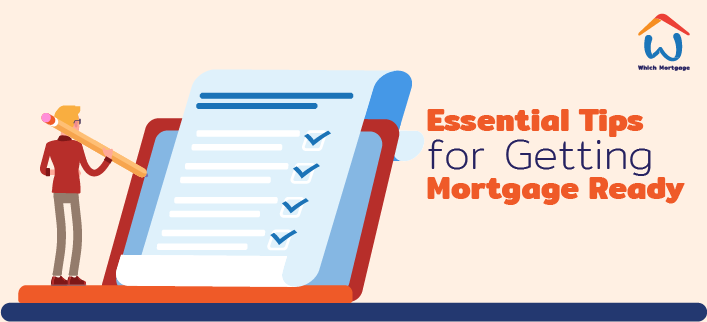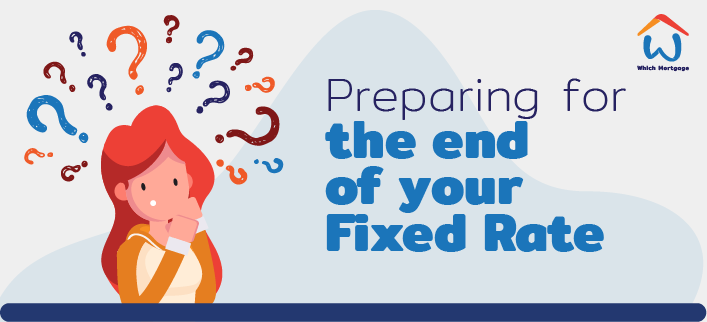
What are the steps involved in switching your mortgage
2021-10-13
Switching your mortgage is one of the easiest ways to put extra money back into your household budget.
In most households, the mortgage is likely to be the largest expense on a household’s balance sheet. And it’s a bill you pay for a long time. Mortgage terms can run from 20 years to longer.
Therefore, it makes perfect sense to ensure you’re on the best deal for your mortgage.
You can do that by exploring what the market offers and making the switch.
We’ll help you every step of the way.
The savings available when you switch your mortgage
There are some big savings on the table for you if you do switch.
Here’s one calculation to highlight just what the savings might be.
Let’s say we are looking at an individual who has a mortgage of €250,000 and is currently paying an interest rate of 4.5%. Furthermore, this person already has 20% worth of equity in their home.
By switching to the cheapest mortgage product on the market, this individual could save €300 a month!
And just remember, that is tax free cash!
There are some costs associated with switching your mortgage.
As a mortgage broker in Dublin, we go through each of these with you to ensure you are clear about the fees.
Also, many of the lenders provide cashback offers when you switch which often cover the fees associated with a mortgage switch.
The steps involved in switching your mortgage
There are multiple steps to switching your mortgage.
- Be clear on your current situation
Get your numbers right.
Find out exactly how much you still owe on your existing mortgage. You also need to find out exactly what term is still on your mortgage. It’s also essential to find out your exact interest rate you are paying on your mortgage. If you are presently on a Fixed rate don’t worry. You should find out what the penalty would be to move from this rate. It can still be more than financially worthwhile to switch your mortgage. All of these details can be gained by contacting your lender or on your most recent mortgage statement.
You’ll also need to know how much your house is worth. An estate agent can help you with this.
- Do you market research
There are multiple lenders in the Irish market offering more than 250 mortgage products.
We will explore the best options on your behalf and then take you through everything that is available to you. Cashback or non-cashback offers; you’ll be clear on which mortgage is exactly right for you with our thorough analysis.
- Compile your paperwork
Once you have decided which mortgage you would like to switch to, it’s time to begin the process.
This is where your documents became very important.
Your new lender will have a switch your mortgage pack which you will need to complete. To complete this pack, you will need to provide the following documentation:
- Proof of your identity
- Proof of your current address (most often a utility bill not older than three months)
- Proof of income (your latest EDS + three recent pay slips)
- Evidence of your money management (in other words, your bank statements)
- Evidence of savings
- Your employment status
Yes, this can feel like this is an application for your first mortgage.
The good news is you’ll get an answer quickly. The Central Bank has a rule that lenders have to let you know their decision in 10 business days once you have submitted your mortgage application.
- Value your house
Your new lender will require your house to be professionally valued. It is a requirement for them to know how big your mortgage is in relation to the value of your home and the equity you have in it.
The more equity you have in your home, the better your risk profile will be to a lender.
The fee to have your house professionally valued is approximately €150. Often lenders will suggest the valuer they will want you to use.
- Fulfil legal requirements
Switching your mortgage is entering into a new legal agreement with a lender. Therefore you will need to work with a conveyancing solicitor to draft and sign legal documents.
Some good news for mortgage switchers is that the legal fees associated with switching your mortgage are much lower than for first-time buyers.
- Organise your mortgage protection
If you switch your mortgage lender, there is no need to change your mortgage protection policy as long as the amount you are borrowing and the mortgage terms stay the same.
If this is the case, you have to contact your insurance provider and share your new details so that they can be included in your current policy.
However, don’t waste this opportunity to explore more competitive mortgage protection policies. You might have a chance to save money here too with a cheaper policy that covers your requirements.
Many of our customers also take this opportunity to borrow a bit more to finish those long put off renovations or home improvements. With your lower mortgage rate the repayments may even work out around the same as you’re paying now!
- Set up your direct debit
Once your new mortgage is approved, you’ll need to fill in a new direct debit form so that your repayment schedule can be set up from your bank account.
Remember to cancel your existing direct debit with your previous lender. If you don’t, that mortgage payment will keep running.
And then… you’re done!
Now all the money you have saved is going straight to your pocket every month.
Contact us if you’d like to explore switching your mortgage. We’d be delighted to help you.
More Questions?
Talk to one of our mortgage specialists now!
BOOK AN APPOINTMENT


